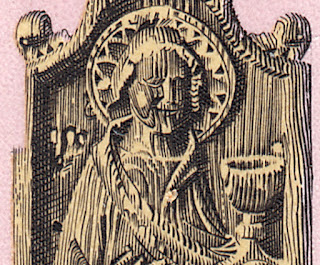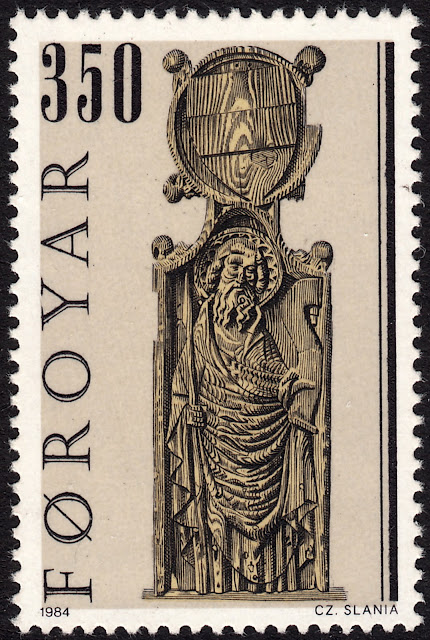Cod, mackerel, herring, blue whiting. No this is not Fishing Crazy! These are just some of the fish species upon which the survival of the Faroe Islands depends, and has done so since the middle of the 19th century. Interestingly, for a long time prior to this the primary industry on the islands was based around sheep. The production of woolen socks! Indeed, the name Færøerne in Danish most likely derives from an Old Norse word fær (sheep).
But back to fishing. Beginning around 1856 the primary export of the Faroe Islands became salted cod. It goes without saying that in order to salt said cod it first needs to be caught. Enter the fisherman. Catching cod was no easy matter. Fishermen had to embark on long journeys to the Barents Sea, located off the northern coast of Norway at the edge of the Arctic Ocean. Of course, not all fishermen had to go so far afield. Many species of fish were caught in the North Sea and in Icelandic waters. Over time the industry of fish farming became popular on the Faroes, producing primarily salmon. In fact, the salmon farming company Bakkafrost, which is the largest of the four salmon farming companies in the Faroe Islands, is the eighth largest on the globe!
***
On 10 September 1984 Faroe Islands issued a set of three stamps honouring the brave fishermen of the Faroe Islands. The stamps were engraved by Czeslaw Slania. Each stamp has been beautifully rendered to be almost picture-perfect. The delicate mastery with which Slania wields his burin never ceases to amaze me! Just feast your eyes...
The 280o stamp depicts a fishing vessel known to the Faroese as a Slupper.
***
The 300o stamp depicts a group of fisherman preparing to haul in the day's catch.
***
The 12kr stamp features a ship's captain at the tiller, decked out in his all-weather gear. Check out the detail of those mittens and the tiller rigging. Fantastic!
Until next time...
















